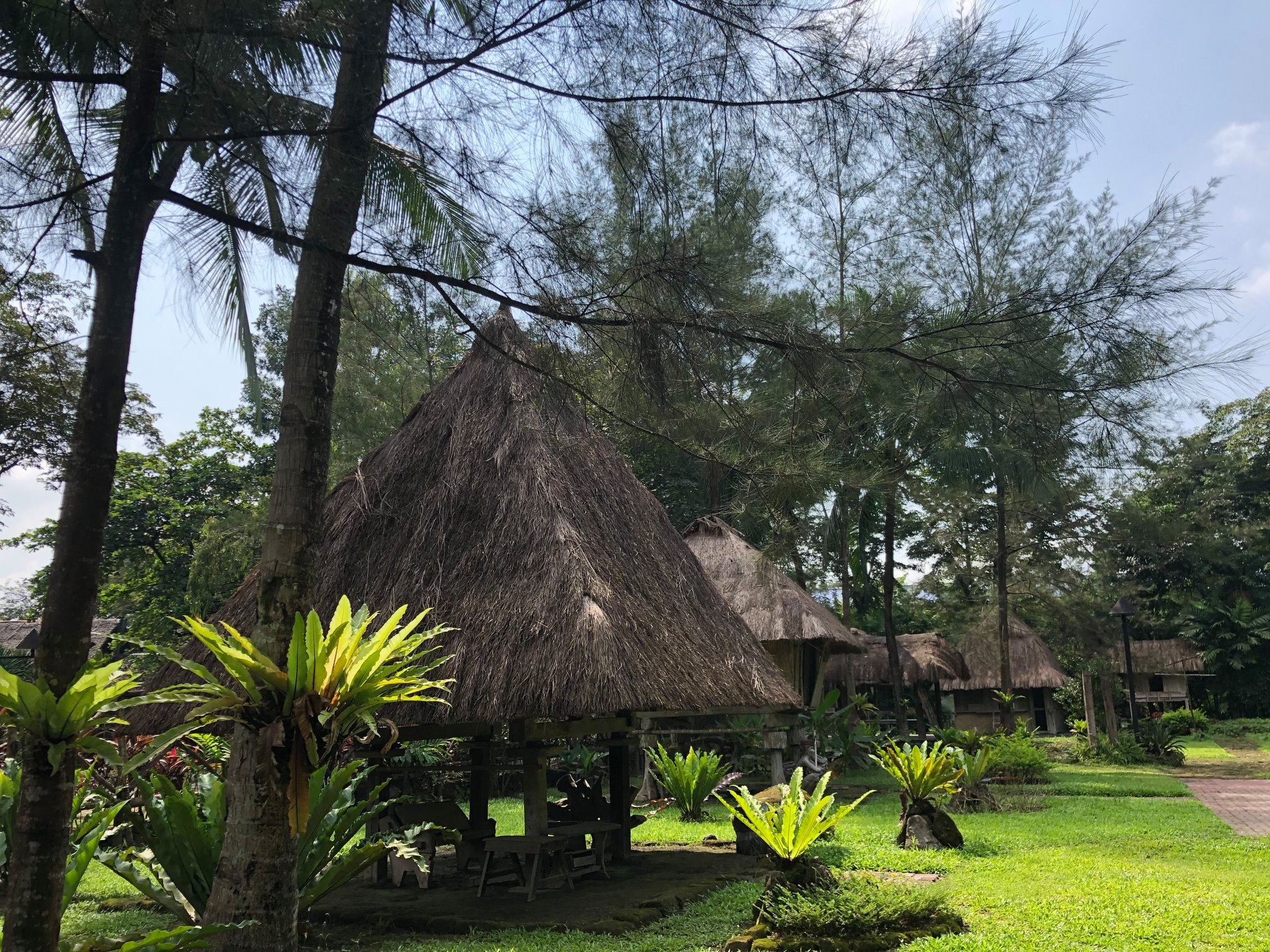
THE UST COLLEGE of Science urged the government to build more community-based vaccine sites instead of the proposed “mega vaccination center” at the Nayong Pilipino grounds in Parañaque, which would require cutting 500 trees.
In a statement, the college said the construction of the mega vaccination center would defeat the purpose of public health standards such as the imposition of travel restrictions, social distancing protocols and the like.
“Covid-19 vaccination facilities should be inclusive and in reach of every community. The mega vaccine facility is not inclusive, efficient, nor safe for everyone who may need to travel from their locality to the centralized facility, thus increasing their exposure to non-household and non-community contacts,” the May 20 statement read.
“Gathering hundreds of thousands of Filipinos in a single location would be unwise at best and life-threatening at worst. Unless all primary health protocols would be secured, this mega vaccination facility may do more harm than good,” it added.
A single mega vaccination site would also be disadvantageous to the marginalized and vulnerable populations, especially for senior citizens and persons with disabilities and comorbidities, who have restricted mobility, the college said.
International Container Terminal Services, Inc. president Enrique Razon, Jr., funder of the project, said the mega facility on the reclaimed grounds of Nayong Pilipino (Philippine village) would feature drive-through services and medical stations, similar to US-based vaccination facilities.
Vaccine czar Carlito Galvez, Jr. earlier said that once erected, the center could inoculate 10,000 people daily and ramp up the country’s goal of reaching nationwide herd immunity within the year.
The College of Science said efforts and funds should instead be focused on boosting local government units’ (LGUs) vaccine rollout and facilities, which in turn would also provide more jobs.
“The allocated budget must strengthen LGUs’ vaccination capacity and distribution instead of constructing a centralized facility that requires time and funding…The present local vaccination centers are just waiting for national financial support and boost,” it said.
The Nayong Pilipino mega vaccination center project of the Inter-Agency Task Force (IATF) on Emerging Infectious Diseases and the Department of Tourism has been met with criticism from green groups, citing its impact on urban forests in the reclaimed area.
Resigned Nayong Pilipino executive director Lucille Karen Malilong-Isberto said nearly 500 trees would be cut down to make way for the facility.
In response, Palace spokesman Harry Roque called on the Nayong Pilipino board to not go against the government’s “very important mission” of protecting the lives of Filipinos.
Environmental group Greenpeace Philippines slammed the project’s proponents for “manipulat[ing] people into a false choice that pits people’s health against nature.”
“The question decision-makers need to be asking is not whether we should build the mega-vaccine center and cut the trees. The question is whether this is the kind of facility the country needs to make the vaccine accessible to more people,” Greenpeace said in a statement.
The World Wide Fund for Nature-Philippines also hit the construction of the massive center for its possible ecological effects.
“Nayong Pilipino is an area which is in its first natural succession stage with grass and trees – an essential stage in ecological health. It has naturally established its role in the ecology of not just its area but of the adjacent ecologies of the cities it straddles. It will take time again for it to recover and perform its role when disturbed,” it said.
“Vaccination sites should be accessible to all – a decentralized vaccine roll-out will help Filipinos rich and poor to be inoculated as soon as possible, with lesser exposure to other individuals,” it added.
Opened in 1970, Nayong Pilipino served as a park where people could “visit” the different regions of the country. It was converted into a 525-bed mega quarantine facility last year.
As of May 16, the country has administered over 3 million Covid-19 vaccine shots, according to data from the Department of Health. Miguel Louis M. Galang and Jade Veronique V. Yap

0 Comments